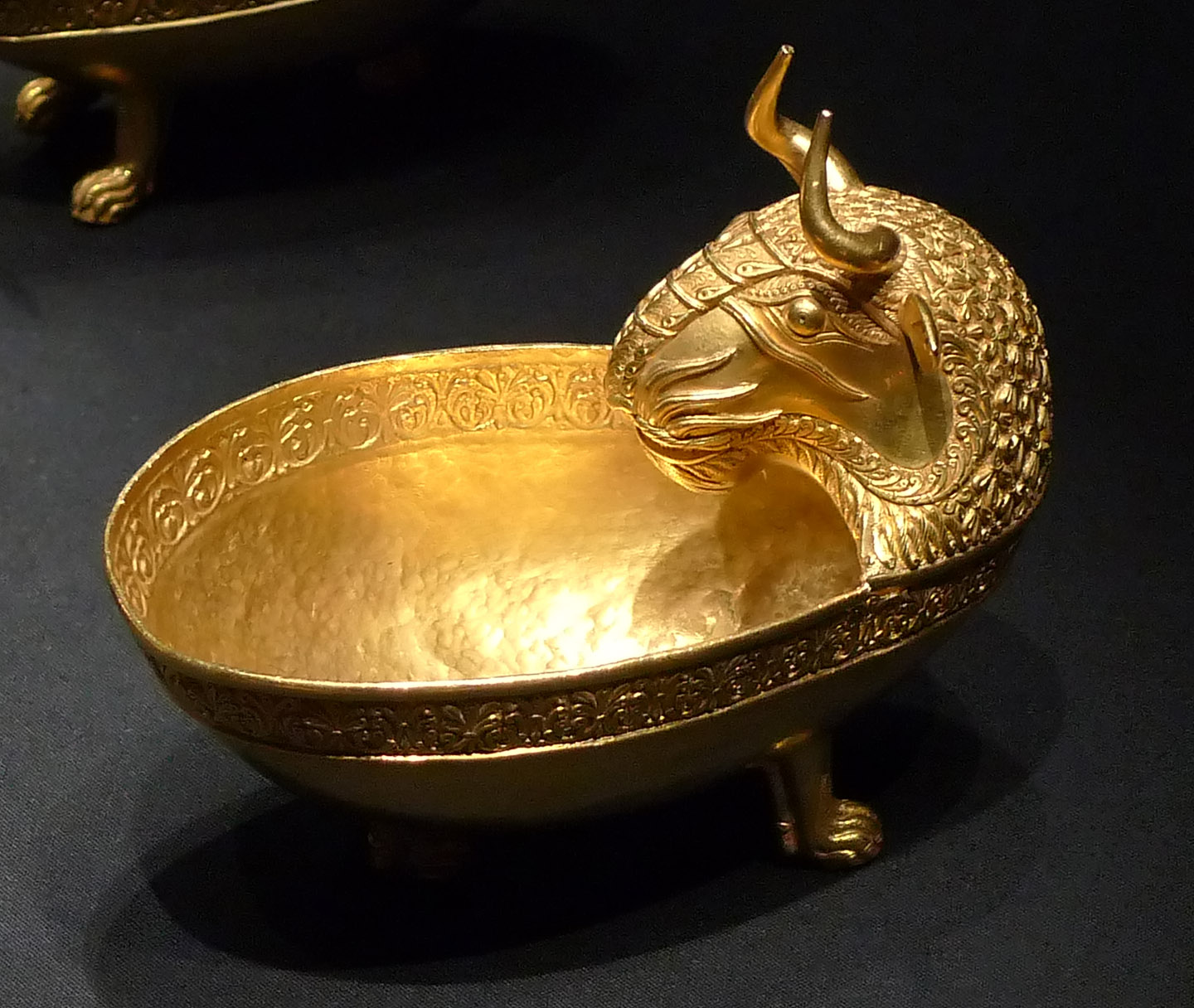The theory of double land-taking – Sânnicolau Mare (Nagyszentmiklós)
Fact of the Hungarian figure „Myth of the Hungarian land-taking – Ópusztaszer”
Part of the „The story of the beginning” topic
The archaeologist Gyula László (1910–1998) left behind a significant legacy in the field of Hungarian prehistory. He published several papers on the theory of double land-taking, which quickly gained a large audience, even though he neglected to follow the late 1950s and early 1960s Soviet research on Finno-Ugric prehistory. According to his theory, the majority of Hungarians did not come to the Carpathian Basin with Árpád, but in the Avar period.
This would have explained why the Hungarian language and ethnicity survived, while, for example, the nomadic Bulgars had been Slavicized in the 7th century. According to Simon of Kéza, the first land-taking took place in 677, a nd the Russian Primary Chronicle places the migration of the White Ugors (presumably the Khazars) to 700. László later claimed that Árpád’s people were Turkic-speaking, from whom the nobles were descended, while the serfs originated from the Hungarian-speaking Avars.
Even at the time of its creation, there was no evidence to support the theory, our lack of knowledge of the 9th century gave its legitimacy. We do not know what language the Avars spoke, nor is there any trace of the Hungarian language in the Carpathian Basin before the lLand-taking. The difference between the Avar and Hungarian finds are also striking. It is now archaeologically proven that the Avar population did not influence the settling Hungarians.





